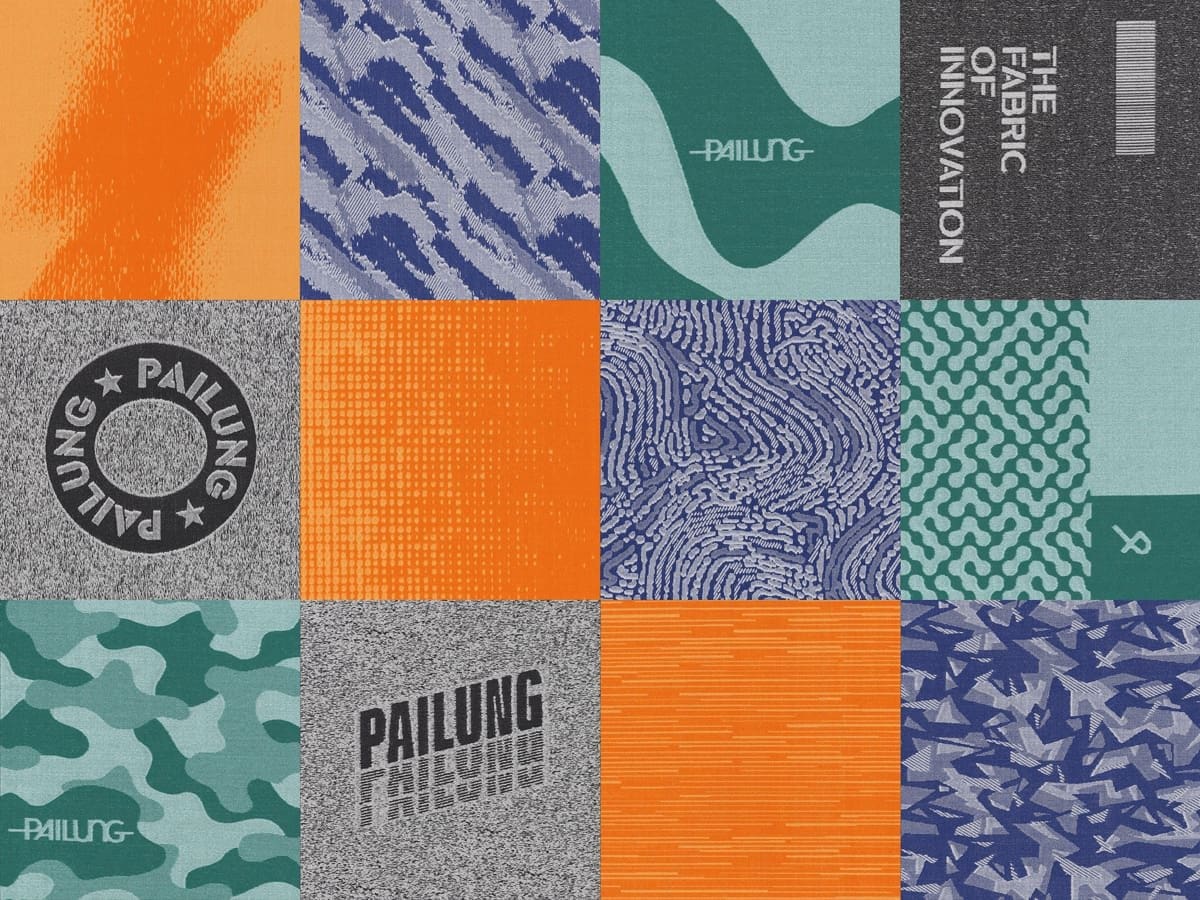Inverse plating has been improved to AlterKnit. It functions by incorporating contrasting threads within the fabric’s weave. With circular knitting machines, the procedure is carried out, allowing yarns of various colours or compositions to be stitched together in a single row.
In comparison to traditional inverse plating, the method produces patterns with sharp margins that are clear and distinct. It is incredibly adaptable and offers designers countless pattern options; it can be used to capture gradient patterns, argyle and denim patterns, etc. It may, for instance, capture the text and logos that make up a sports team’s logo in all their fine detail. Moreover, the AlterKnit fabric can be reversed to create two identical designs with up to four colours on either side.
The cloth has a smooth, even surface in terms of texture. As it fits closely against the body, it is comfortable to wear. Single-knit is a technology that creates lightweight, second-skin-feeling fabric that is ideal for athletic wear or athleisure applications. Double-knit fabric is more durable than 4-color jacquard but is still 50% lighter, making it perfect for contact sports like rugby, basketball, football, hockey and soccer.
Several types of yarn can be blended to create functional materials with improved properties, such moisture-wicking, breathability, elasticity, etc., when designing for adventure or endurance activities.
Water Pollution is Reduced with AlterKnitTM
Although printing and dyeing are the conventional processes for creating patterned textiles, consumers and governments are becoming more worried about the effects of dyes on the environment because they can seep out of fabric. using dissolvable printing adhesives, which might contaminate rivers. There is a rising market for patterned textiles that promote sustainability and look and feel amazing.
The patterns on AlterKnit fabrics are knitted into the fabric’s structure as opposed to standard printing. This stops the designs and any production-related chemicals from transferring to the environment or leaking out.
Reduces Textile Waste with AlterKnitTM
Overall, AlterKnit’s durability prolongs the life of finished clothes and keeps them from being hastily thrown away, dumped in a landfill, or burned. Yarns that are recycled or biodegradable can also be used. This efficiently supports a closed-loop fashion sector and reduces textile waste.
Moreover, the AlterKnit method can minimise production-related waste. In certain methods, like intarsia, yarns of various hues are stitched together, resulting in loose yarn strands running along the fabric’s reverse. Yarn floats are what these are called. Other techniques include splicing or “cut-and-sewing,” which entails cutting scraps of fabric in various colours and sewing them together, leaving behind bits that are difficult to recycle or put to use again.
There are no yarn floats to remove in the case of AlterKnit and the inverse plating technique, resulting in reduced textile waste. Both the front and back of the cloth will display designs that mirror each other. There is no need to sew together various coloured fabrics because patterns and colours are woven directly into the fabric structure. Because of this, AlterKnit lowers waste as well as time, energy, and labour. connected with “cut-and-sew” or clipping yarn floats.
Pailung Machine Tool Mill Co.
Innovator of knitting equipment Pailung is situated in Taiwan. Pailung’s fabric technology is continually reinforced and enhanced via steadfast research and development, advancing the textile sector at a rate that is sustainable.
Pailung will display AlterKnit at ITMA in Milan in June 2023 together with a variety of cutting-edge circular knitting machines, fabric innovations, and system advancements including the MES and fabric defect detection systems.

